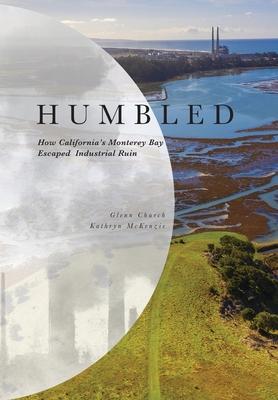In early 1965, Humble Oil and Refining Company Co. (now ExxonMobil) planned to expand to the West Coast by building an oil refinery in the heart of some of California's most beautiful scenic coastline. Its top choice: a quaint fishing village with a deepwater port at the midpoint of the Monterey Bay. Moss Landing was already designated for thousands of acres of industrial development, and Humble Oil expected to be greeted with open arms. Its supporters envisioned the oil giant opening the doors to more industry, development, and, of course, prosperity.
This is the story of one of the opening battles of the modern environmental age. In a deeply divided community, Humble Oil got its permit to build, but it never would. Humbled: How California's Monterey Bay Escaped Industrial Ruin recounts the many twists and turns that swamped the refinery project and eventually dismantled plans for a vast industrial complex.
Humbled captures in detail how a small environmental group bloomed into a mass movement, using every means at its disposal, from unique legal challenges to the cutting up of gas station credit cards as protest. Aiding Humble opponents' quest was one of California's foremost environmentalists in the state legislature, Sen. Fred Farr, as well as one of the nation's most renowned conservationists of the day, photographer Ansel Adams. Amid the battleground stood a badly divided Planning Commission and Board of Supervisors whose members blended conviction, courage and political wiliness.
Today the Monterey Bay region is home to the Monterey Bay National Marine Sanctuary, Elkhorn Slough National Estuarine Reserve, the majestic Monterey Bay Aquarium, California's state parks' "crown jewel" Point Lobos, and the breathtaking Big Sur coast. If Humble Oil had had its way, and industrial development had ensued in Moss Landing, all these wonders would have been impacted - and some would never have come to exist.
